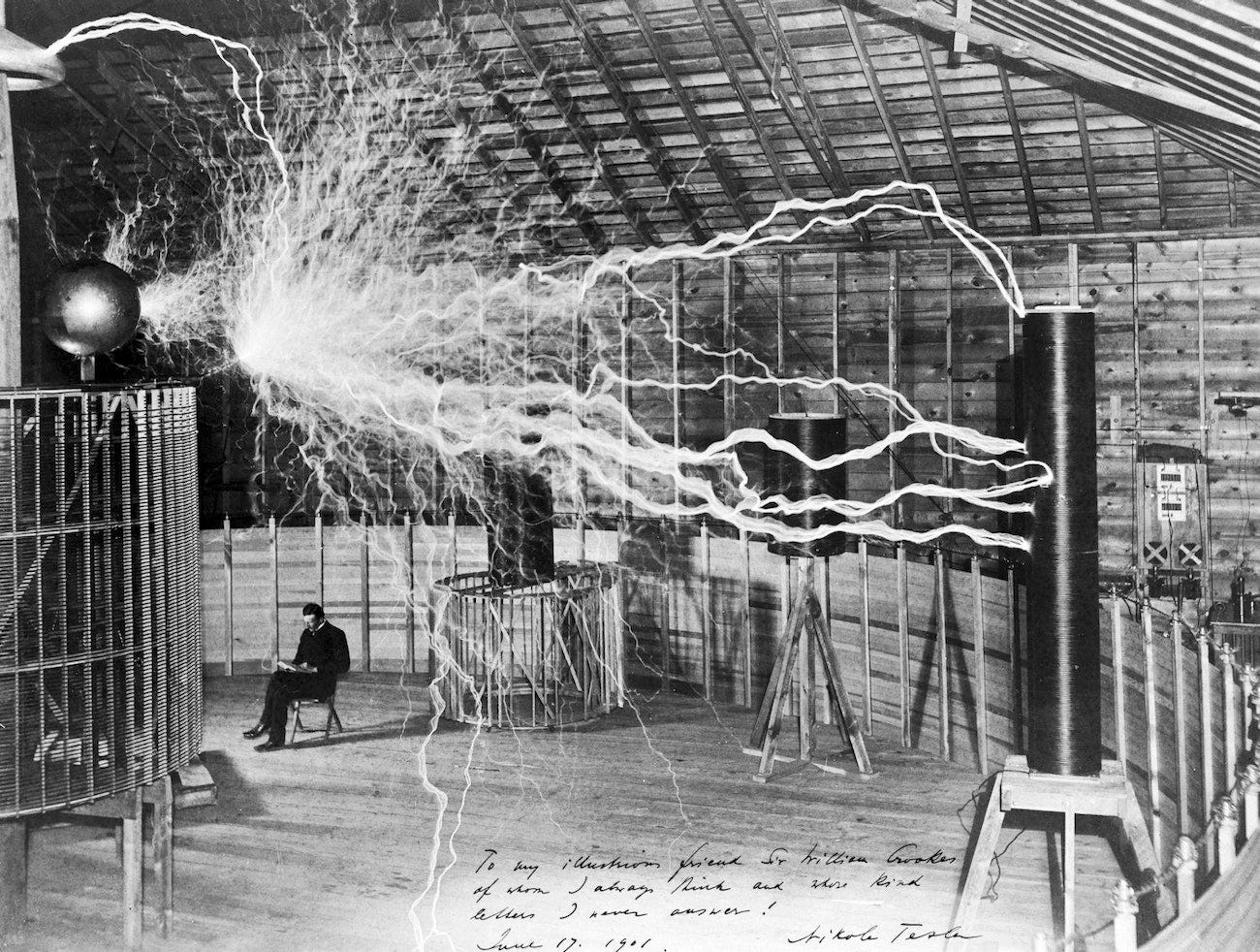US Works With Britain On Project To Beam Solar Power From Space To Earth Using Lasers
Northumbria University: "Combining science and technology, the project will use specialized photovoltaic cells that will collect and convert laser power into usable power".
US/BRITAIN - Lockheed Martin has joined forces with Northumbria University to “unlock the future of space-based solar power,” by developing specialized photovoltaic solar cells capable of collecting and converting laser power into “usable power,” that could be used to power space and lunar vehicles, or beamed to earth to be used there.
Regarding the collaboration, the University said Lockheed Martin had announced an investment of £150,000 ($185,925) to Northumbria University for the project.
In Space, Energy Can Be Collected 24 Hours A Day
Because energy collection in space is not hindered by atmospheric conditions or weather, power could be collected from the sun and transferred to wherever it is needed 24 hours a day regardless of weather conditions on Earth.
“This new form of solar power could potentially beam electricity wirelessly from space to Earth, bringing a new source of [..] power to connect homes and businesses without the need for large amounts of land-based infrastructure,” the University said in their statement.
Paul Livingston, Chief Executive of Lockheed Martin UK said, “Our collaboration with Northumbria University will advance the use of space-based solar power for satellites, space vehicles, and potentially useable power back on earth. We are delighted to be helping grow the North East’s space economy and the overall industrial capacity and resilience of the UK’s space and manufacturing sectors”.
Northumbria said that the collaboration follows “years of successful experiments” by Lockheed Martin with laser-based systems and that the project is an extension of a partnership that was announced last year, at which time Lockheed Martin had invested over £600,000 ($743,520) in support of the development of the “skills, research and technology”.

Successful Power Beaming Tests Carried Out To Date
While wireless power transfer using electromagnetic fields is not new, and electronic devices such as smartphones, and even vehicles have been using the technology for a while now, the distances that these devices are capable of charging are relatively short compared to the great distances that power could be transferred using a laser beam.
The downside of transferring power via laser beam, rather than the electromagnetic field, however, is that a laser beam would have to have point-to-point visibility between the broadcast device and the receiver. The laser would have to remain unbroken to transmit power.
The European Space Agency released a statement in September 2022 saying that an experiment had recently been demonstrated in Germany at Airbus’s X-Works Innovation Factory in Munich:
Keep reading with a 7-day free trial
Subscribe to The Standeford Journal - News, Intel Analysis to keep reading this post and get 7 days of free access to the full post archives.




